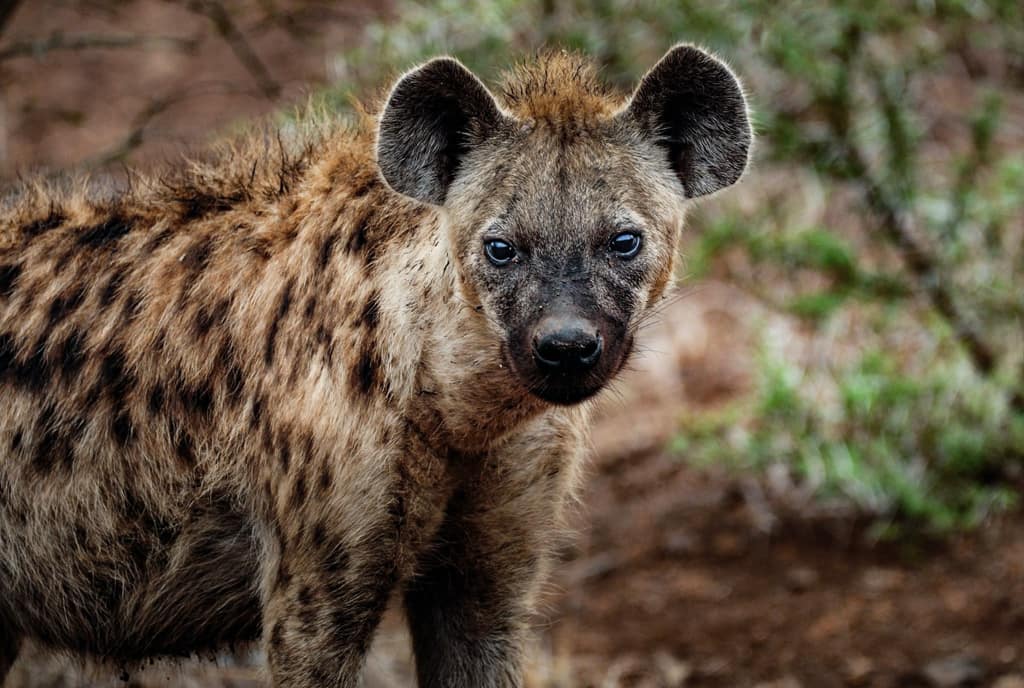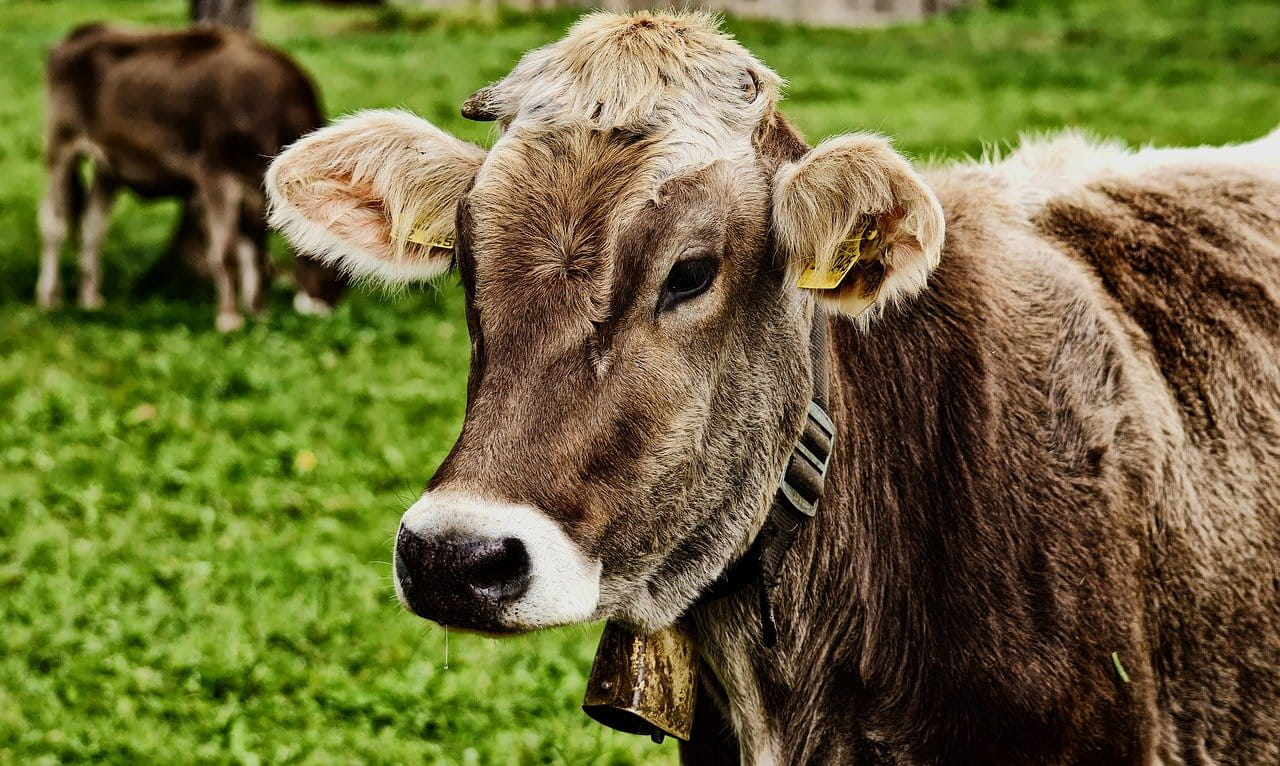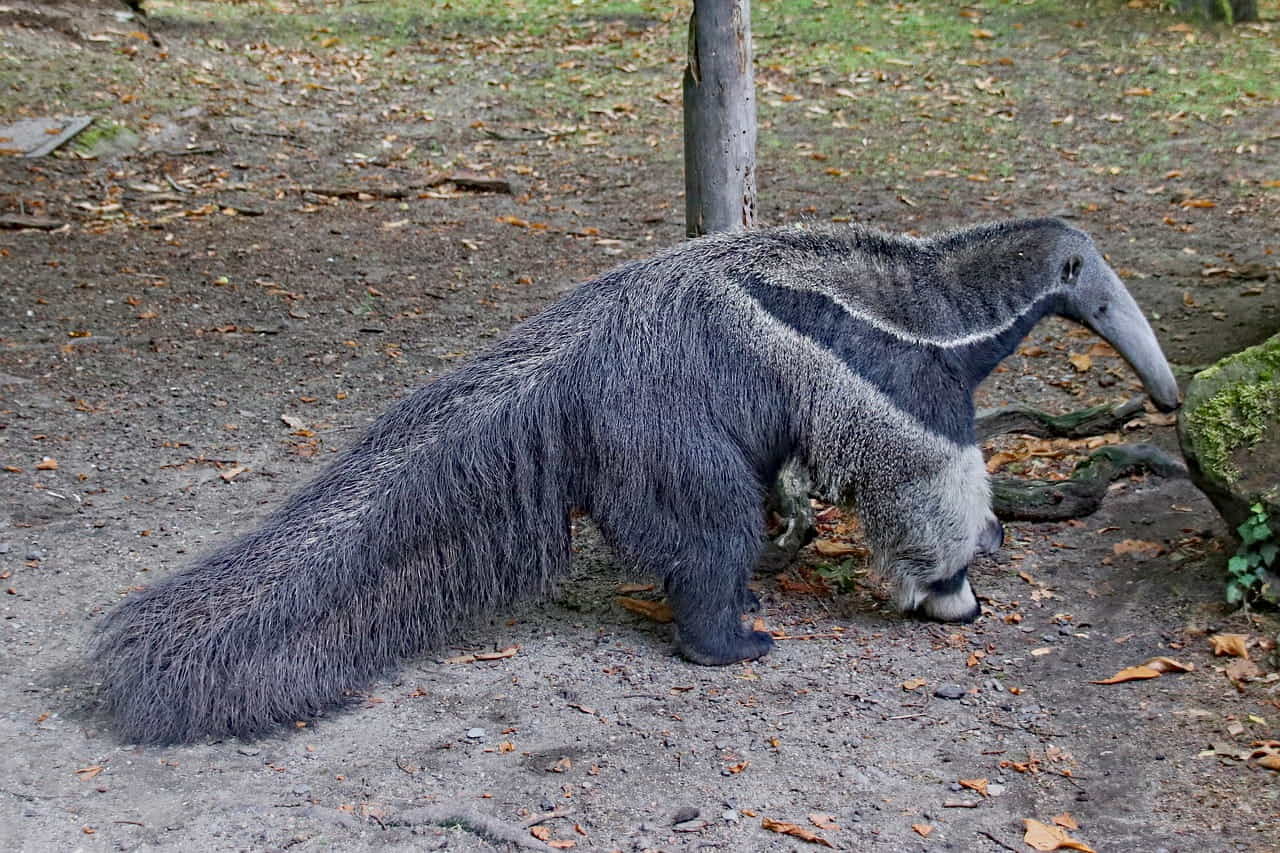Honey bees are wonderful insects that live in gardens, grasslands, and forests. They live in a hive which they build unitedly as a family. We get tasty and nutritious honey from bees. The big family of the honey bee where they live together is known as a colony. Big beehives have thousands of honey bees. So let’s dive into the world of honeybees with these 66 interesting facts.
- The brain of a bee is ten times more heavily wired than humans.
- They use the Sun as a compass to navigate to different places. Even when clouds obscure the Sun, bees can detect its position from the light in brighter patches of the sky.
- They are the only insects on the planet whose food is eaten by humans.
- Honeybees always know where the Sun is, even if it’s on the other side of the world.
- A beehive contains three types of bees in it which are queen, worker bees, and drones. Drone bees are the only male bees in the hive.
- The worker bee may visit up to 2000 flowers each day.
- The world’s oldest sample of honey was found in Egypt’s pyramid, which is about 3000 years old. The honey is still in good condition and is entirely edible.
- Beekeeping is illegal under the New York City Health Code because bees are ‘naturally inclined to harm.
- The most times a person has been stung by bees without dying is 2,443.
- Bees have five eyes: two major compound eyes and three on their top of the head, which is called as ocelli.

- From over 4500 years, beekeeping is in practice.
- Mead is an ancient alcohol beverage made up by the fermentation of a diluted solution of honey. It’s one of the oldest alcoholic beverages, as evidence shows it was consumed about 4,000 years back.
- Pollination by honey bees, birds, and bats directly affects 35 percent of the world’s crop production.
- The central African republic is the highest daily per capita consumer of honey globally, with 9.62 gm of honey on a daily basis. Whereas New Zealand takes the second spot with 5.55 grams.
- Antioxidant pinocembrin is only found in honey as a natural edible extract. Some other plants which have this antioxidant are damiana, fingerroot, and propolis.
- Most honeybees in the United States live in hives stored on flatbed trucks.
- A bee’s lifespan depends on its type, but on average, worker bees survive for about eight weeks, and others live for about 122- 152 days.
- Annual U.S. consumption of honey is estimated at nearly 450 million pounds a year. Simultaneously, the U.S. per capita consumption of sweet honey is around 1.3 pounds per year.
- Honey Bees, termites, and ants live in a well-organized social colony. Colonies of honey bees are known as hives.
- Honeybees make perfect hexagons in their hives which hold most of the honey and very little wax. They are never seen making any other shapes besides hexagon.
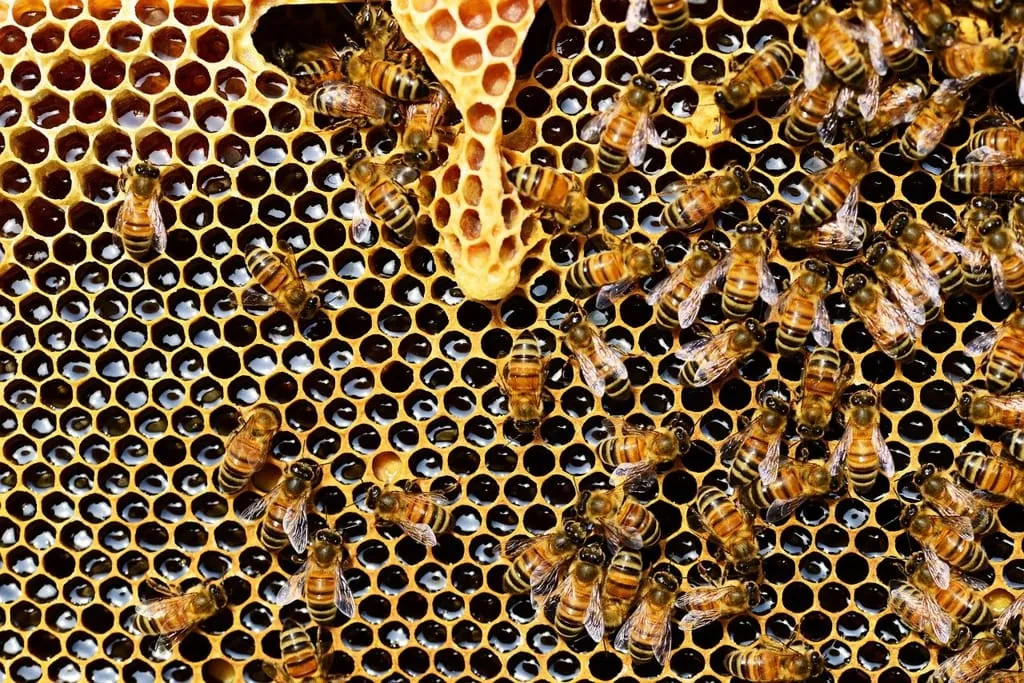
- Queen bees are responsible for the failure or success of a colony. Her oviducts hold about 100 million sperm which she uses immediately for fertilizing eggs. The remaining sperm, which is about 5 to 6 million sperm, will be stored in spermathecal.
- In one single day, the queen bee can lay up to 2500 eggs.
- A bee can stroke its wings about 11,500 times each minute or 200 times per second during a flight.
- In 2006 about 1.8 million tons of honey was produced. Whereas more than 25% of the total honey was produced by China.
- It takes about 12 bees their entire lifetime to make one teaspoon of honey.
- A honey bee has two sets of wings (four wings in total).
- The “buzzing” of a honey bee comes from the sounds of its wings, which flap at 11,400 strokes per minute.
- Beeswax extracted from one hive is about 1 1/2% to 2% of the total honey yield.
- The mammal honey badger can bear hundreds of bee stings that would kill any other animal who will get this many stings.
- Honeybees don’t sleep at night, but instead, they make no move and become motionless. They do this to conserve energy for the next day.

- In one round trip, a bee visits about 75 flowers.
- To make one pound of honey, the whole colony of bees has to fly 55,000 miles and tap 2 million flowers.
- Bee stings and lightning kill more people than shark attacks.
- Honey bees can easily lift 300 times of their total body weight.
- During the winter, the bees in a hive cluster together for warmth, maintaining an impressive central hive temperature of 93 degrees Fahrenheit during even the coldest months.
- There is a term mating fight of bees. A queen bee can fly a long distance during a mating flight, depending on whether she can find drones with which to mate. In addition, the drones themselves are flying one to three miles from their hives to nearby drone congregation areas, where they are also looking for queens.
- After mating with the queen, the male (drone) honeybees die.
- Honey is about 25% sweeter than conventional sugar.
- As per a study, there are two trillion bees in the world that are kept in beehives.
- India has the highest number of beehives in the world, which counts as 12,763,684 in number.
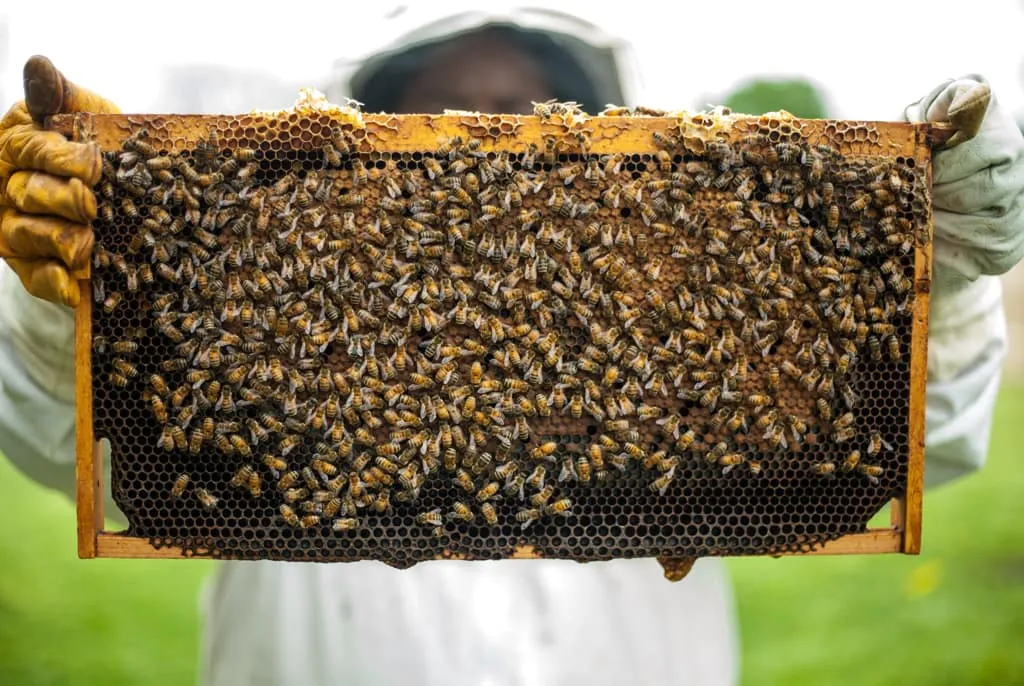
- Honey is an all-rounder food that completes all nutritions needs of a human.
- A particular beehive can produce anywhere from 20 to 60 pounds of honey each year.
- In the early century B.C., Greeks and Romans used to believe honey as a symbol of beauty, love, and fertility.
- In some parts of Africa, people practice a thing called “bee fence.” This is done to keep elephants away from particular places or fields by bordering them with beehives.
- When the barter system was there, people in Egypt used to pay taxes in the form of honey.
- The second oldest profession in the world is beekeeping.
- It is proven that the more dark the honey is, the more antioxidants it contains.
- A worker honey bee dies after stinging, where queen bees can still survive after stinging.
- Honeybees have an excellent sense of smell that they can trace from flowers’ scent while in the air. It is also believed that they have better smelling sense than dogs.
- Honey bees have 170 odorant receptors making their sense of smell 50 times stronger than dogs.
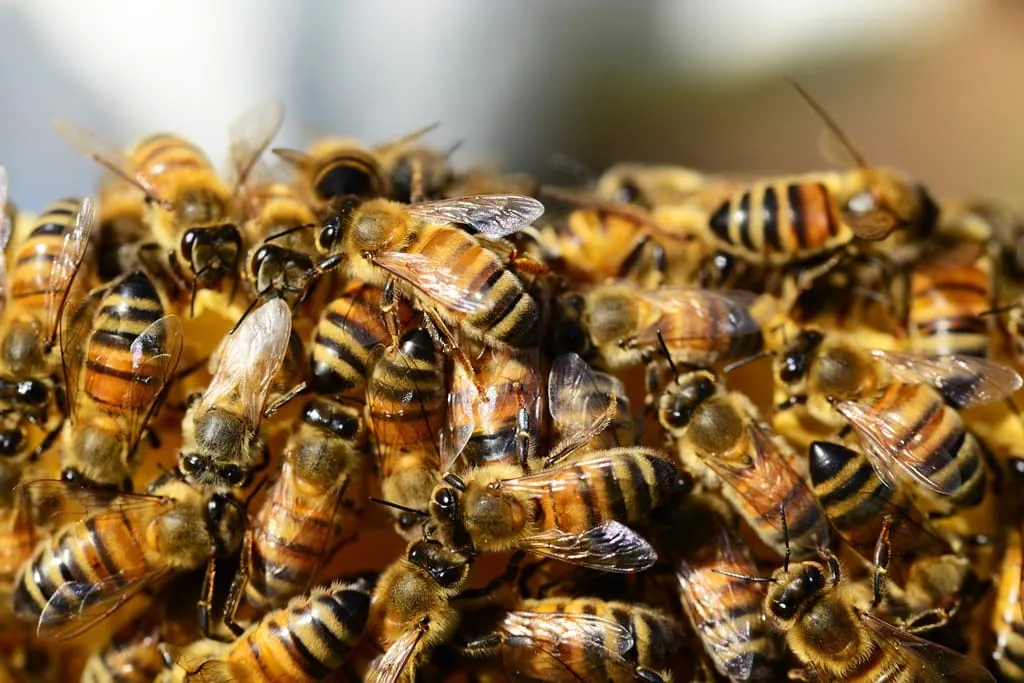
- The DNA of bees suggests that they evolved about 130 million years ago, whereas the oldest fossil ever found of a honeybee is around 50 million years old.
- The anatomy of bees suggests that they have two stomachs. One is for storing nectar, and another one is for food.
- Honey bees have four distinct life cycles of development, First as egg, second it becomes a larva, thirdly it becomes a pupa, and finally an adult.
- The science or method of beekeeping is called “apiculture.”
- During a space mission in 1984 (SE82-17), some bees created a honeycomb structure in zero gravity.
- They travel about 3 miles (5km) away from their hives, searching for pollen or nectar.
- Honey’s composition consists of 80 percent sugar and 20 percent water.
- Bees intake large amounts of oxygen that is why they don’t like human breath, which is full of carbon dioxide.
- They get attracted to caffeine which is present in the nectar of flowers and even get drugged by the caffeine compound.
- Beehives have a constant temperature of 95° F and should remain at these temperatures. If the temperature becomes hotter than this, they will station themselves throughout the hive and fan their wings.

- Bees communicate in mainly two ways, either through pheromones or through their waggle dance.
- Natural beehives can weigh anywhere around 35 lbs to 110 lbs (16 kg to 50kg). Whereas artificial hives can weigh anywhere around 80lbs to 350lbs( 37 kg to 160 kg).
- Until the 1700s in England, there was a common practice of killing all the bees in a hive during the extraction of honey.
- Bee venom is an acidic liquid and colorless. It is produced by their stingers when they feel threatened and targets them. The venom contains both anti-inflammatory and inflammatory compounds, including sugars, enzymes, amino acids, and various minerals.
- Each bee colony or hive has its own distinct smell so that members of another pack won’t enter in others’ hive and go in their own hives.


